34 x 44 without frame
50 x 60 with frame (The work is presented in a magnificent 19th century frame, in carved and gilded wood, typical of the French taste of the second half of the century. Its richly worked molding combines a row of oves and darts with a decoration of regular gadroons, enhanced with small floral motifs at the corners)
Symbolic and seasonal reading Each element of the painting participates in a coherent symbolic discourse: The ripe fruits express the fullness of life, fertility and the pleasure of the senses. The nuts, with their hard shell and hidden heart, recall the mystery of human destiny. The dead greenfinch, bird of summer, symbolizes the end of the cycle, the loss of song and vitality. The warm, fading light evokes the twilight of the season, heralding the return of shadow and autumnal melancholy. Grangé, through this composition, evokes the passage from life to death, from splendor to disappearance, while celebrating the beauty of the present moment. His work reads like a metaphor for cyclical time, where each end carries with it the promise of renewal. Artistic Analysis André Grangé's painting reveals remarkable academic mastery: The precision of the textures—from the velvety texture of the peach to the translucency of the grapes—testifies to an art of trompe-l'oeil pushed to perfection. The balanced composition, the measured light, and the sobriety of the background highlight the natural harmony of the forms. The fine cracks and the amber varnish add a historical depth to the pictorial surface, recalling the temporality of the subject itself. Moral and poetic dimension Beneath its apparent tranquility, the canvas unfolds a profound moral reflection. The fruits, bursting with light, represent the joys of existence; the dead bird, the certainty of decline; and the golden light, the memory of past happiness. Grangé does not moralize: he contemplates. He reminds us that life and death, fertility and silence, light and shadow coexist in the same breath. This autumnal Vanitas with a basket of fruit and a dead greenfinch is thus much more than a still life: it is a visual meditation on impermanence, where beauty becomes the very language of time.


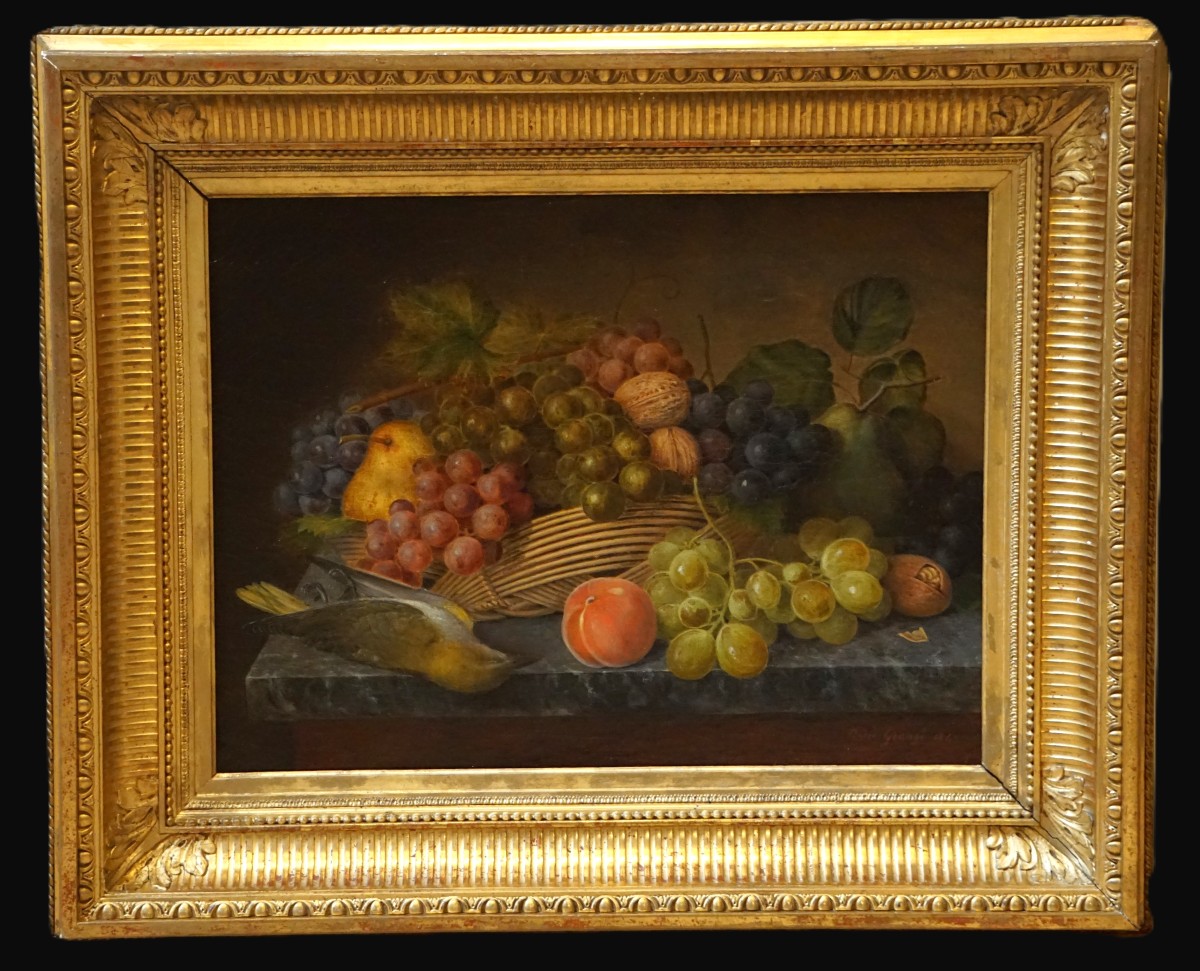
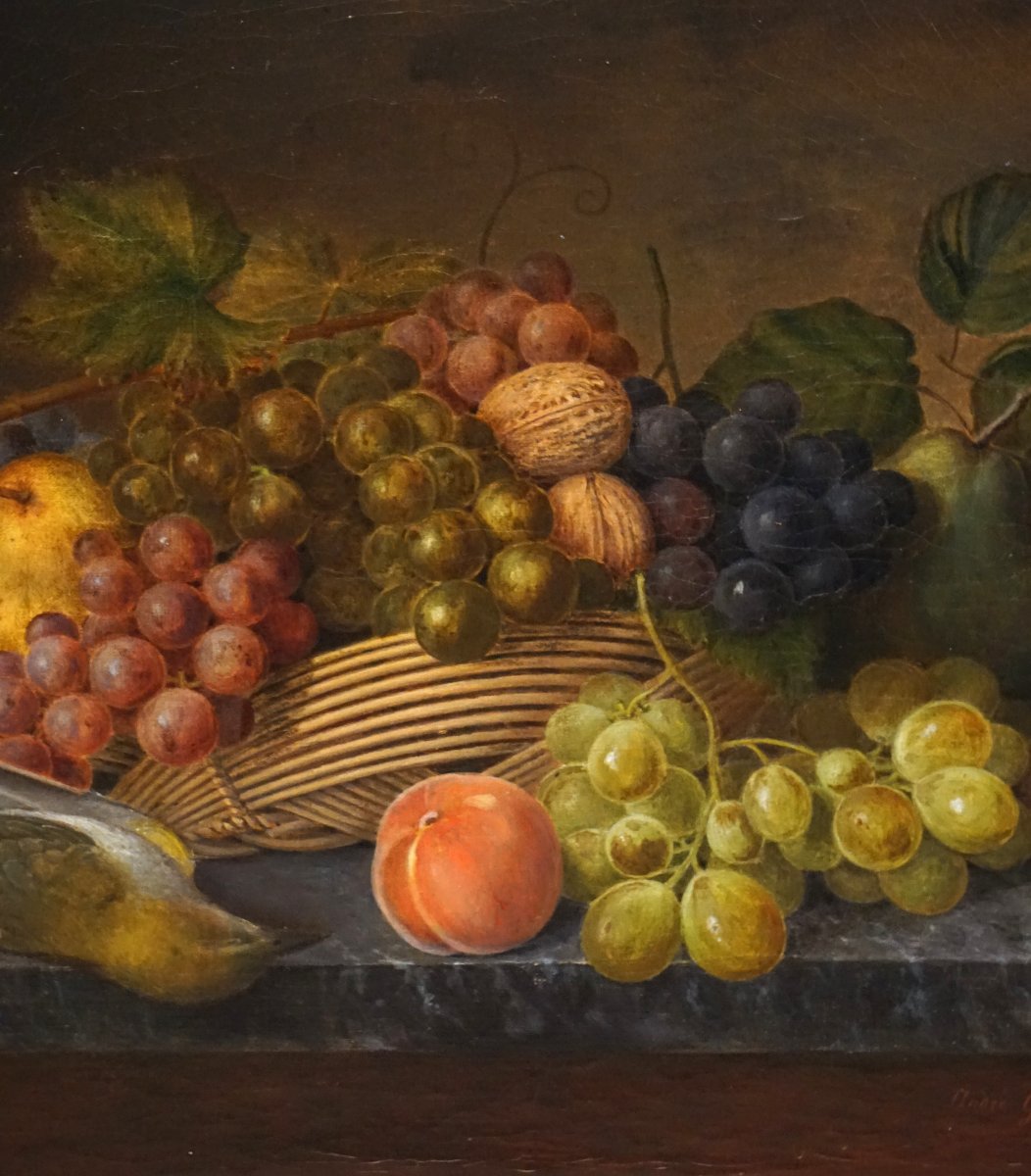
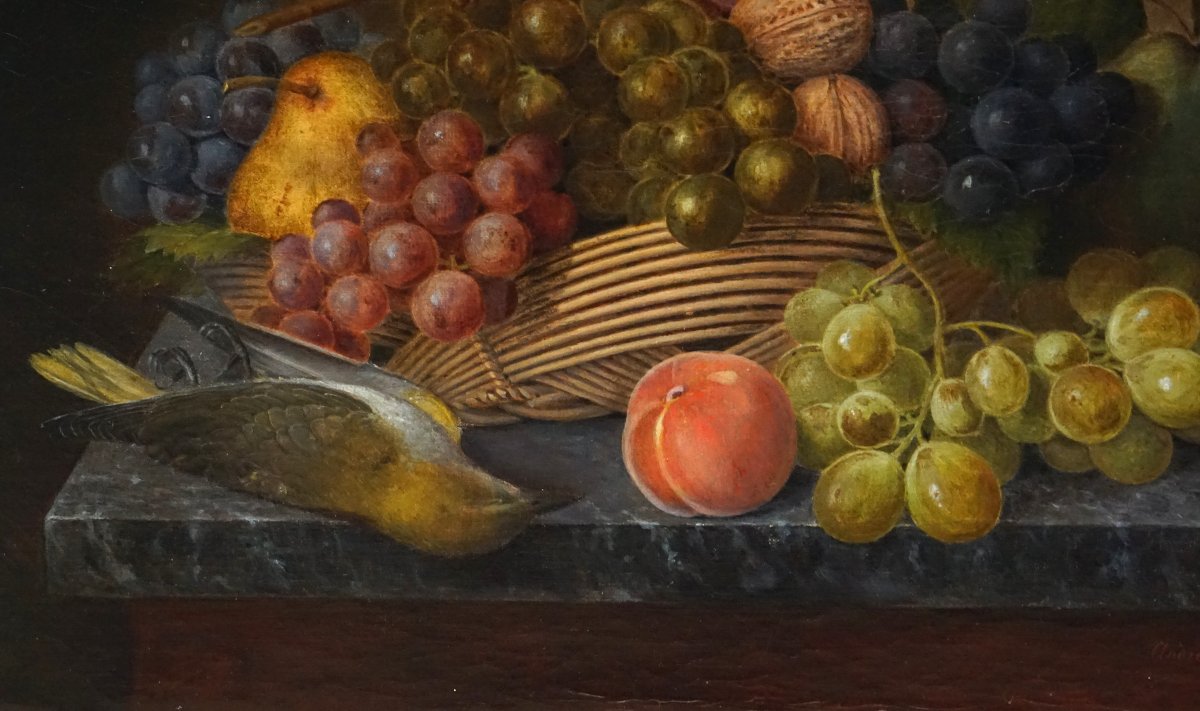
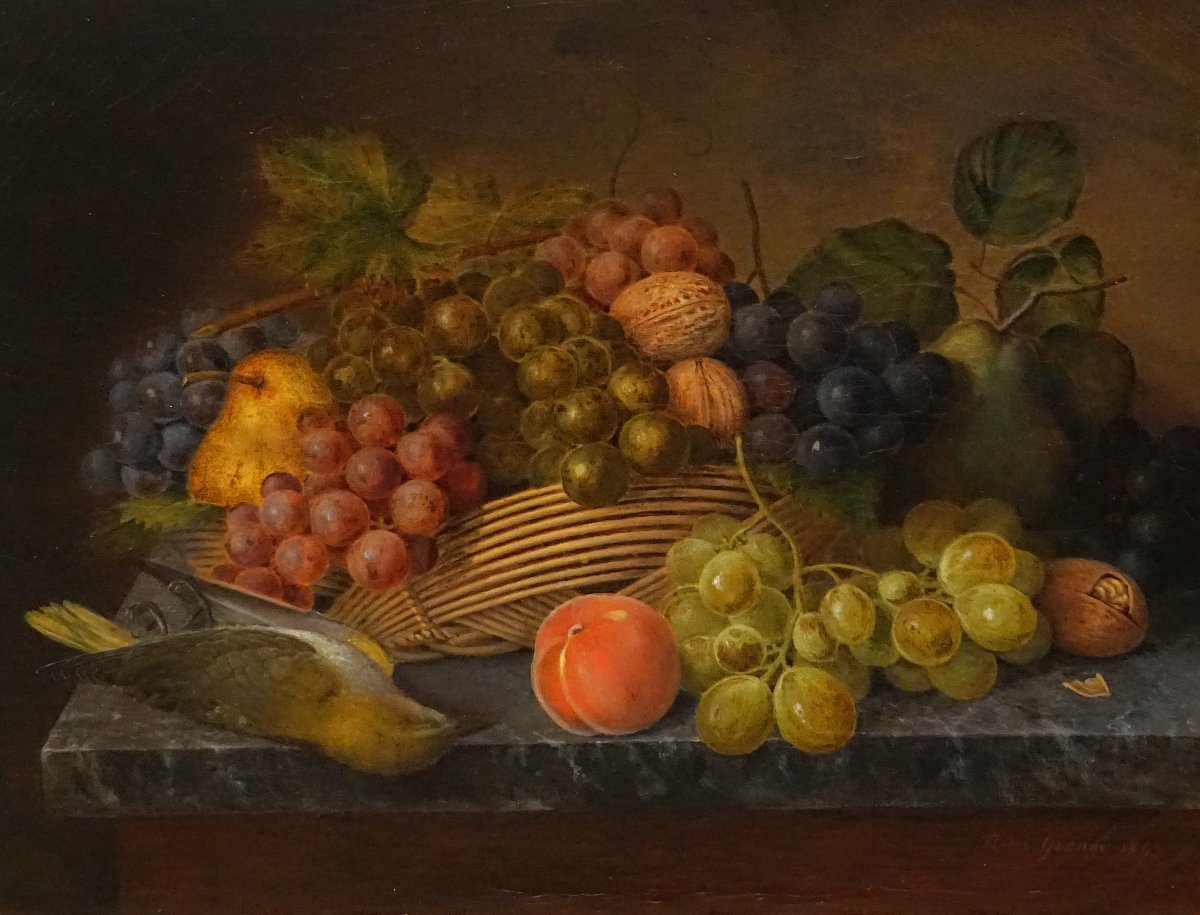

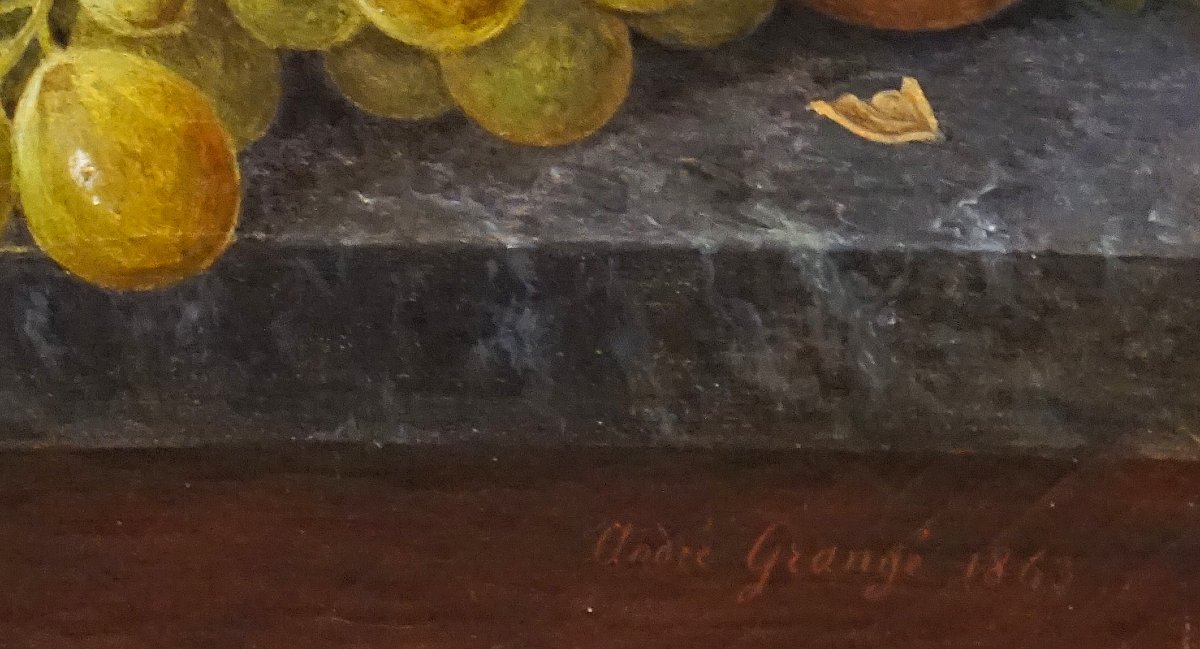

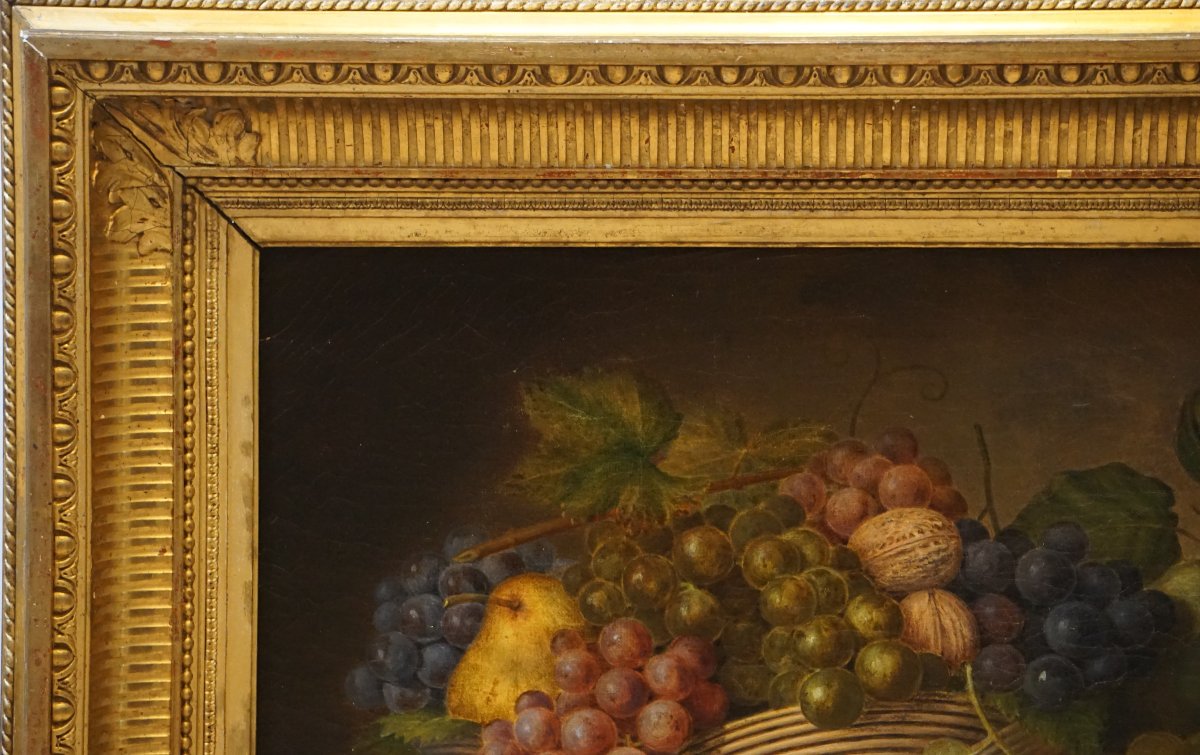
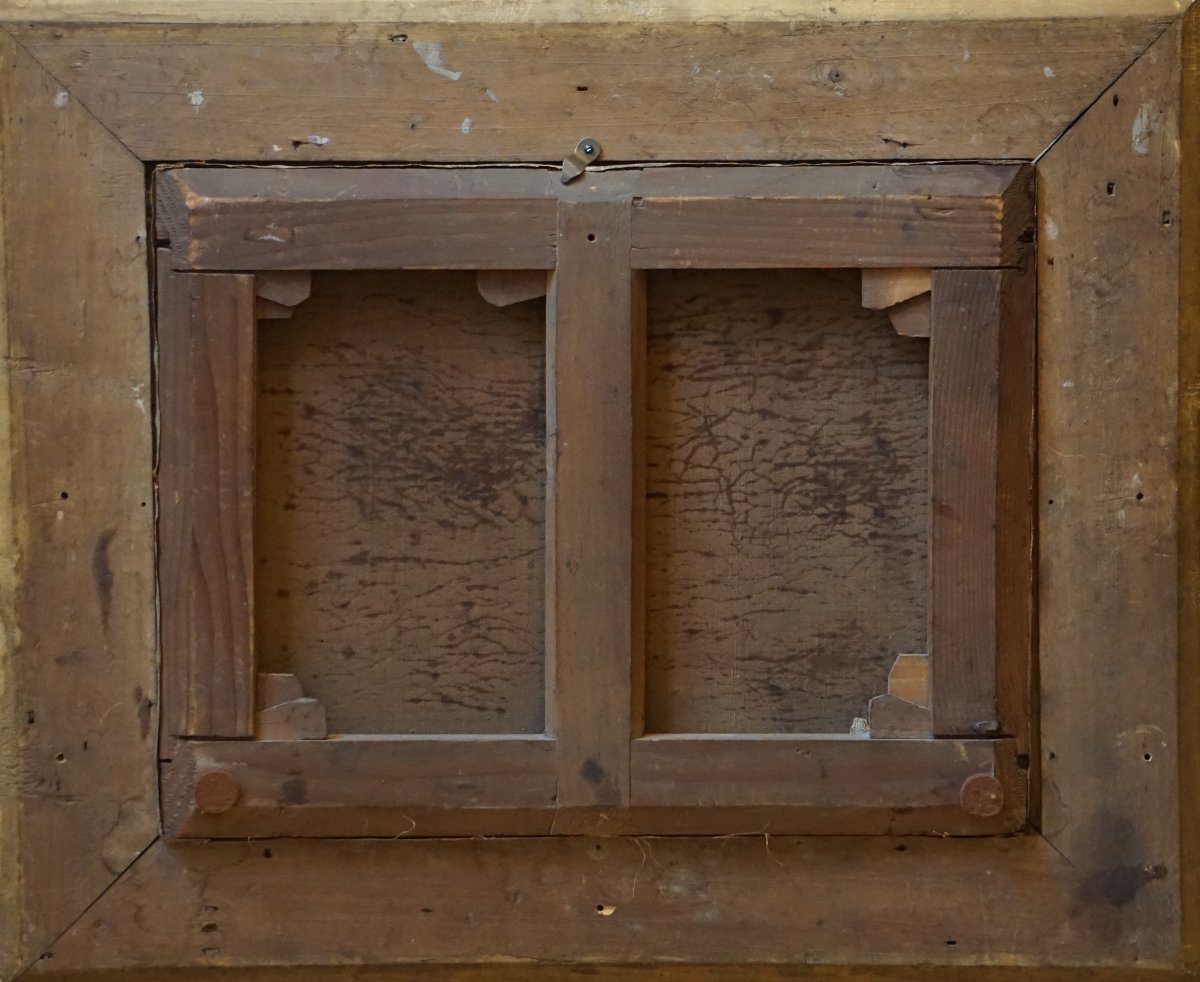
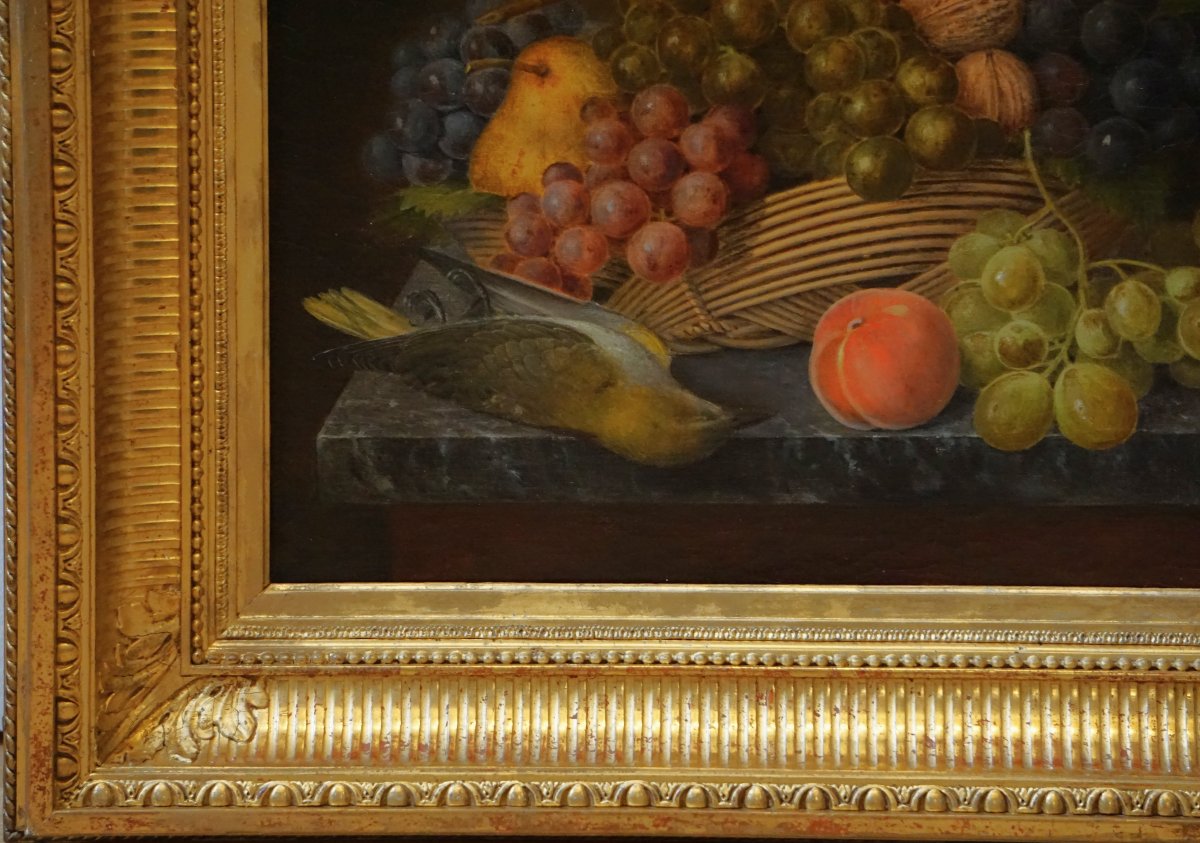
















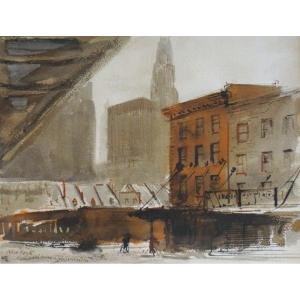
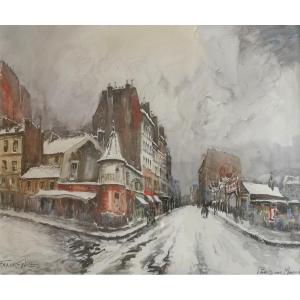







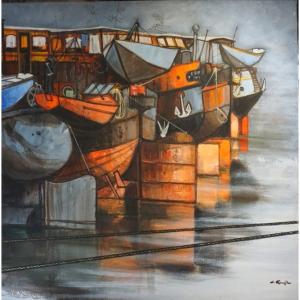
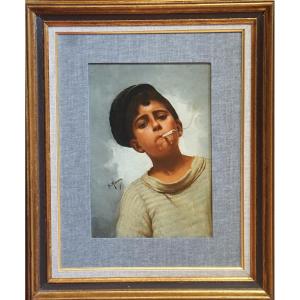

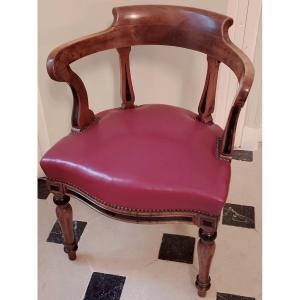




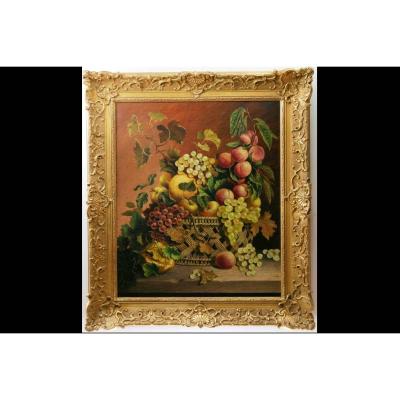



 Le Magazine de PROANTIC
Le Magazine de PROANTIC TRÉSORS Magazine
TRÉSORS Magazine Rivista Artiquariato
Rivista Artiquariato